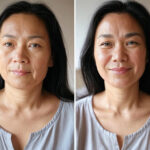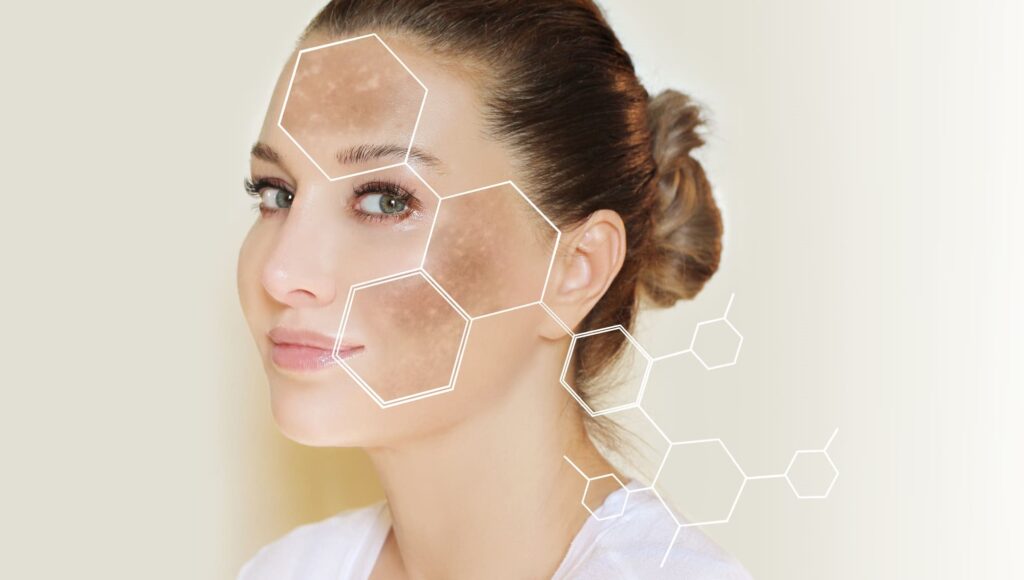Melasma is a common skin condition that leads to brown or gray-brown patches, usually on the face—particularly the cheeks, forehead, nose, and upper lip. It’s more prevalent among women and those with darker skin tones, although anyone can develop it. The condition is often triggered by sun exposure, hormonal changes, and skin inflammation. Pregnancy, birth control pills, and even certain cosmetics can contribute to its onset. Understanding the underlying causes is the first step in selecting the most appropriate treatment options.
Importance of Daily Sun Protection:
Consistent and broad-spectrum sun protection is arguably the most critical element in managing Melasma Treatment in Dubai (علاج الكلف في دبي). UV exposure not only triggers melanin production but also worsens existing pigmentation. Using a high SPF sunscreen daily—even on cloudy days—helps shield the skin from further discoloration. Physical barriers like wide-brimmed hats and avoiding peak sun hours further enhance protection. Without sun defense, other treatment methods often prove ineffective or yield short-term results.
Topical Treatments with Proven Ingredients:
Over-the-counter and prescription topical creams are frequently recommended as the first line of treatment. Ingredients such as hydroquinone, azelaic acid, kojic acid, and niacinamide have shown efficacy in fading dark spots. Hydroquinone, often considered a gold-standard lightening agent, inhibits the enzyme responsible for melanin production. Azelaic acid and kojic acid work similarly but may be better suited for sensitive skin. Meanwhile, niacinamide supports the skin barrier while offering gentle brightening. These topical agents often require consistent use over weeks to months to show visible improvement.
Chemical Peels for Surface-Level Pigmentation:
For more stubborn or widespread melasma, chemical peels offer a deeper approach. Glycolic acid, salicylic acid, and trichloroacetic acid (TCA) peels exfoliate the top layers of the skin, helping to remove pigmented cells. When done under expert supervision, chemical peels can accelerate the skin’s natural renewal process and lighten dark patches. However, because melasma can easily return, peels are often used in conjunction with daily skincare and sun protection to maintain results.
Laser and Light-Based Therapies: What You Should Know
While lasers may seem like a quick fix, their role in melasma treatment is complex. Certain laser and intense pulsed light (IPL) devices can help reduce pigmentation by targeting melanin in the skin. However, these treatments carry the risk of rebound hyperpigmentation if not chosen carefully. Fractional lasers and Q-switched Nd:YAG lasers are sometimes used with caution and only for select cases. Results vary by skin type, and multiple sessions are usually required. It’s crucial to follow up with maintenance skincare to prevent reappearance.
Microneedling and Its Potential Benefits:
Microneedling is gaining popularity as a minimally invasive treatment for melasma. By creating controlled micro-injuries in the skin, microneedling stimulates collagen production and allows better penetration of topical brightening agents. When combined with serums containing tranexamic acid or vitamin C, microneedling can significantly improve skin tone and texture. This approach may also carry fewer risks of post-treatment pigmentation when compared to some laser options.
The Role of Oral Supplements and Antioxidants:
Emerging research highlights the importance of addressing melasma from within. Oral supplements containing antioxidants like glutathione, vitamin C, and polypodium leucotomos have been shown to support the skin’s defense against UV damage and oxidative stress. Some studies also point to the potential benefits of oral tranexamic acid, which may help reduce melanin production systemically. These supplements are best used as part of a comprehensive plan that includes topical and physical sun protection.
Creating a Long-Term Melasma Management Routine:
Because melasma is a chronic condition, long-term maintenance is essential. Even when patches fade, the risk of recurrence remains high. A successful routine includes gentle skin care products, daily sun protection, occasional professional treatments, and regular monitoring of hormonal triggers. Avoiding skin irritation, maintaining hydration, and incorporating anti-inflammatory ingredients into your routine all support skin healing. Over time, a consistent and multifaceted approach can help manage melasma and keep the complexion clear and radiant.
Conclusion:
Melasma Treatment in Dubai (علاج الكلف) may be persistent, but with a combination of trusted and expert-backed methods, it can be effectively managed. From topical treatments and peels to newer technologies like microneedling and oral antioxidants, a wide range of options exists to suit different skin types and needs. The key lies in consistency, protection from UV exposure, and a personalized routine tailored to your skin’s condition.
- Melasma Treatment: Trusted and Expert-Backed Ways to Fade Dark Spots
- Choose permanent melasma treatment in Dubai to permanently treat your melasma with long-lasting results at affordable prices.
- Melasma Treatment in Dubai
Related posts:
 The Rise of the Probiotic Drink: A Wellness Staple for Gut and Liver Health
The Rise of the Probiotic Drink: A Wellness Staple for Gut and Liver Health
 Inside the Mind of Jack Allen: Crafting Military Thrillers That Grip You
Inside the Mind of Jack Allen: Crafting Military Thrillers That Grip You
 Eye Hospitals in Visakhapatnam: Advancing Vision Care in Coastal Andhra
Eye Hospitals in Visakhapatnam: Advancing Vision Care in Coastal Andhra
 What Happens If I Stop Getting Anti-Wrinkle Treatments? – Learn
What Happens If I Stop Getting Anti-Wrinkle Treatments? – Learn
 Nature’s Wrap: Exploring the Biodegradable Packaging Revolution
Nature’s Wrap: Exploring the Biodegradable Packaging Revolution
 Ashtanga Hridayam Book : The Essence of Ayurveda with CSS Banaras
Ashtanga Hridayam Book : The Essence of Ayurveda with CSS Banaras
 Reviv Mouth Guard Reviews – Real Results & Feedback from Real Users | Buy Now with Big Discount!
Reviv Mouth Guard Reviews – Real Results & Feedback from Real Users | Buy Now with Big Discount!
 Trusted Clinics for Mounjaro Injectables in Islamabad – Guide
Trusted Clinics for Mounjaro Injectables in Islamabad – Guide






